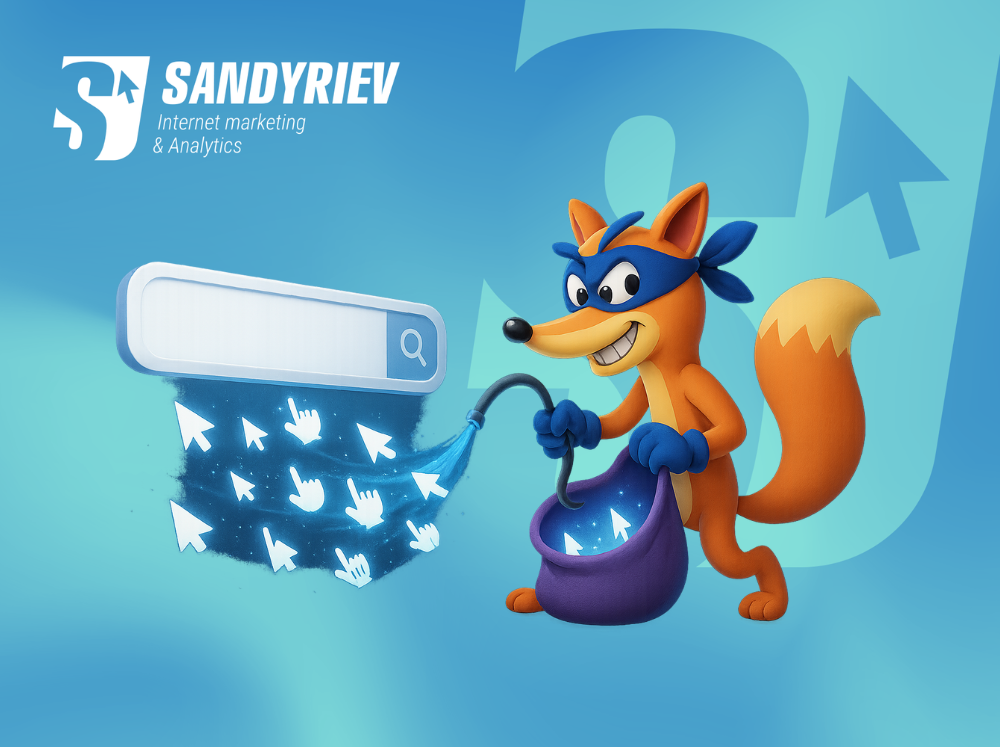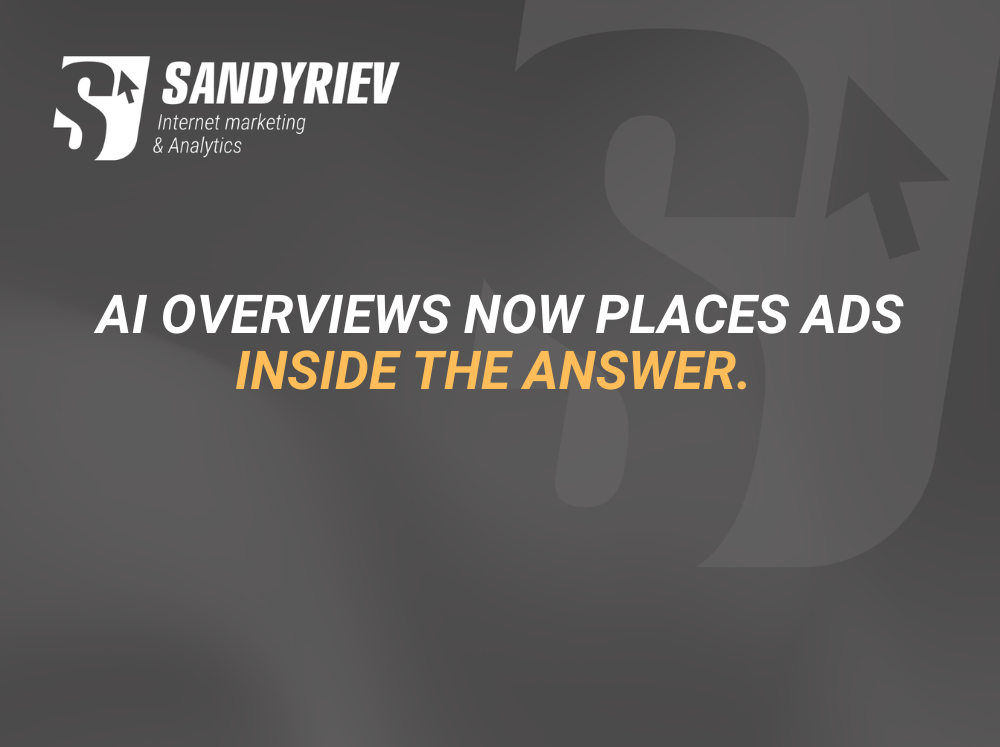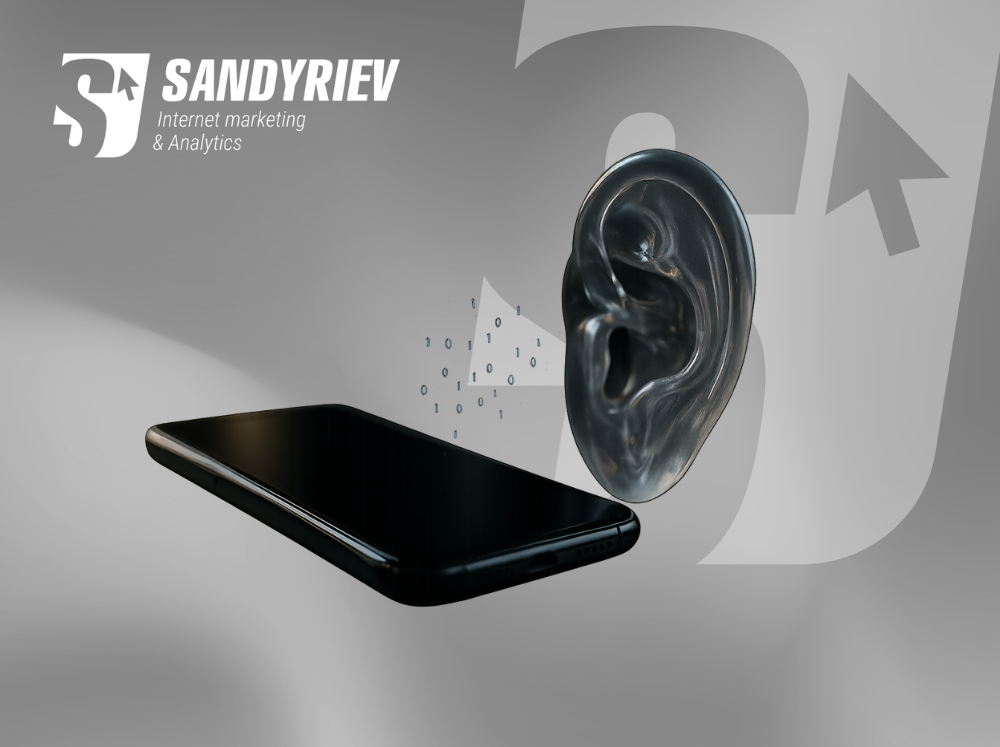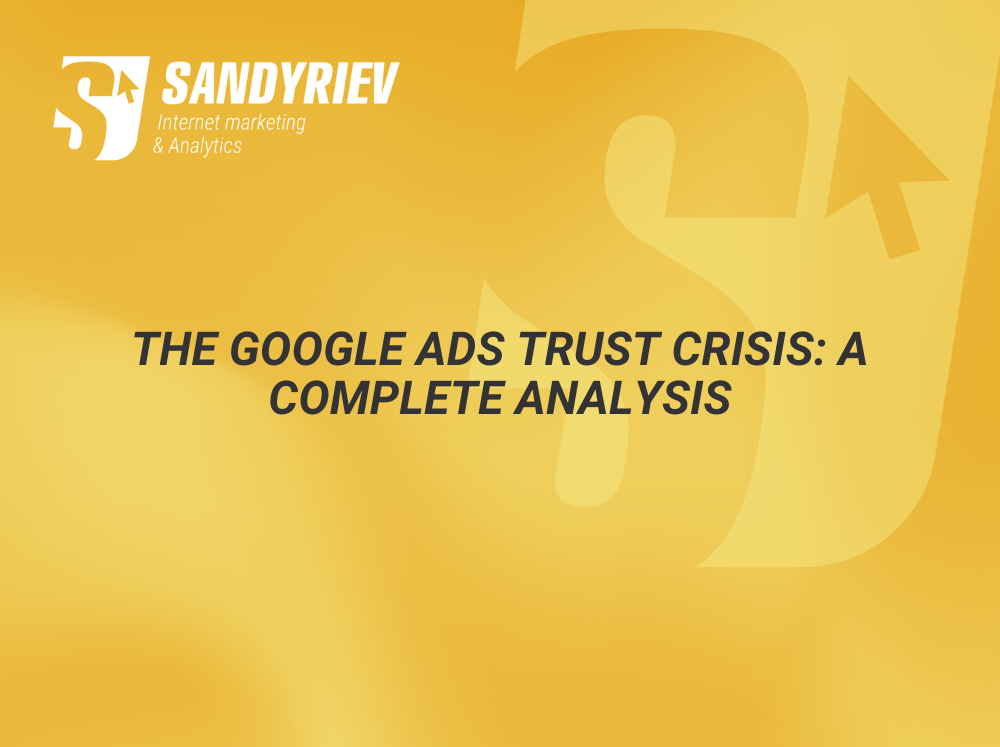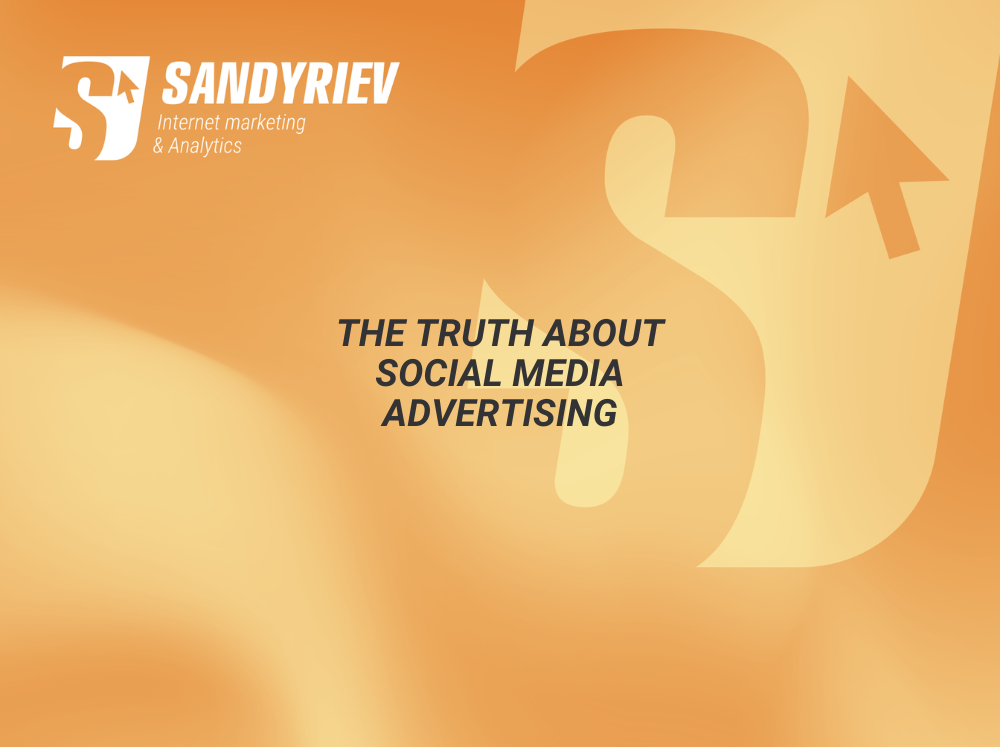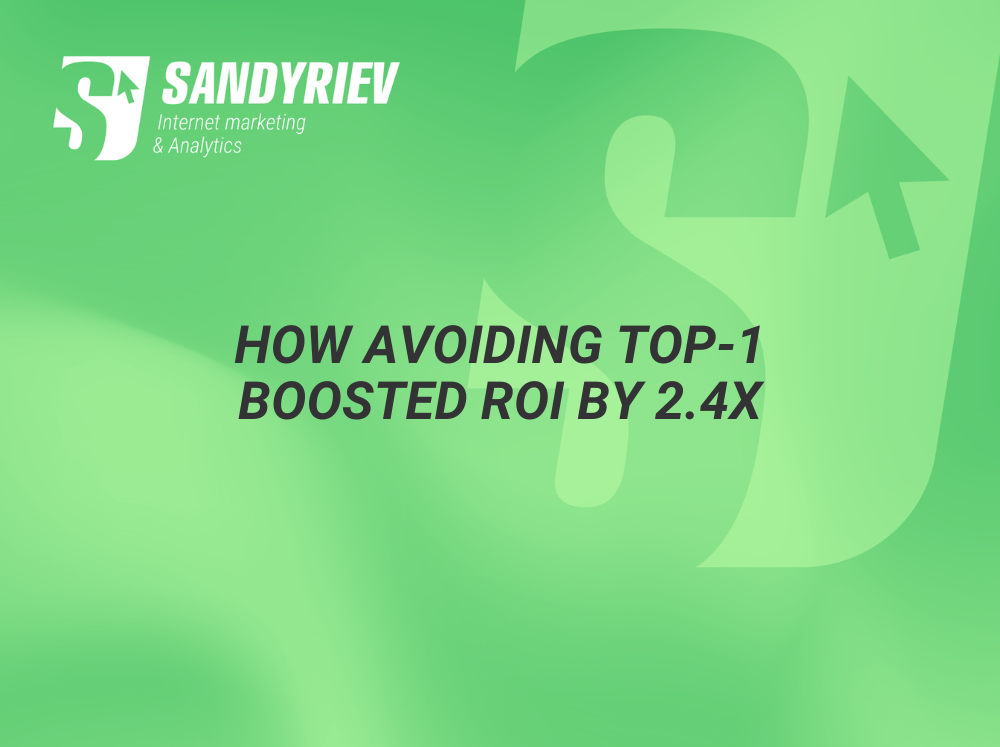The Research That Sets the Record Straight
In 2025, the question of paid advertising’s impact on organic reach has become critically important for marketers. After comprehensive research across industry sources, platform statements, and documented case studies, the evidence shows: organic reach decline is universal and structural, not caused by paid advertising penalties.Shocking Organic Reach Numbers for 2025:
- Facebook: 1.37% (down from 16% in 2012)
- Instagram: 4.0% (12-18% year-over-year decline)
- TikTok: from 24% to 10% over two years
- LinkedIn: 6.4% for posts, 2% for company pages
- X (Twitter): 3% of followers see posts
Key Findings from Expert Research
✅ What’s Confirmed by Facts:
- No platform officially penalizes for advertising — confirmed by Instagram, TikTok, YouTube executives
- Organic reach is declining for everyone, regardless of ad spend
- Hybrid strategy (organic + paid) shows better results than either approach alone
- Paid and organic algorithms operate independently
❌ Debunked Myths:
- “Start advertising and organic reach drops” — FALSE
- “Platforms punish those who don’t pay” — FALSE
- “Stop advertising and organic will recover” — FALSE
- “Organic reach is dead” — EXAGGERATION
What’s Really Happening on Each Platform
Instagram: Official Myth Debunking
Executive Statement: Adam Mosseri (Instagram CEO) stated in January 2025: “The algorithm does NOT suppress post reach because they’re ads or sponsored”. Priority signals are now watch time, likes, and shares. Real Numbers from Case Studies:- Tourism company: +189% reach combining organic with minimal boosting
- Retail brand: +40% impressions using carousels with Stories promotion
TikTok: Denying Direct Connection
Official Position: TikTok for Business directly answers: “Using Promote does not affect the view count of your other videos”. Documented Results:- Analysis of 780,000 videos shows: reach decline happens regardless of advertising
- GMV Max (organic + paid integration) delivers +30% GMV
YouTube: Experiments Disprove Fears
Proven by Research: Experiment with 5 million ad-driven views showed — organic views continued growing alongside paid views.Facebook: Pay-to-Play Model
Direct Meta Statement: “Facebook today is a pay-to-play platform. The more you spend, the more visibility you get”. But this isn’t punishment for advertising — it’s the business model.X (Twitter): Behavioral Factor
Unique Aspect: Users often mute accounts after seeing ads, which directly reduces organic audience.⚠️ Important Nuance: Indirect Impact of Advertising on Organic Reach
Advertising can indirectly affect organic reach through audience composition changes. It’s important to understand: paid and organic algorithms do indeed work independently, but new followers acquired through advertising can impact organic metrics of future posts. 🔄 Chain Reaction:- Ad post attracts new audience → people subscribe after viewing specific promotional content
- New followers see subsequent organic posts → but their subscription motivation was different (promotional offer, not general interest in content)
- Lower engagement with organic content → new followers less likely to like, comment, save regular posts
- Algorithm sees declining engagement rate → overall statistics deteriorate due to “cold” followers
- Decreased organic reach → algorithm assumes content became less interesting
- Before advertising: 1,000 followers, 8% engagement on organic posts (80 interactions)
- Ad campaign: promotional post about discount attracts +1,000 new followers
- Next organic post: shown to 2,000 followers, but new ones provide only 2% engagement
- Result: overall engagement drops to 5% (100 interactions on 2,000 followers)
- Algorithm reaction: “Content became less interesting” → reduces organic reach
- Careful targeting — show ads only to interested audiences
- Quality creative — ensure advertising attracts the right people
- New audience warming — create content to adapt new followers
- Audience quality monitoring — track not just quantity, but behavior
Case Studies with Real Numbers
Case #1: Tourism + Instagram/Facebook
- Strategy: 3-5 posts weekly + $20 boosting
- Facebook Result: +75% reach, +267% leads
- Instagram Result: +189% reach
Case #2: Retail Brand
- Problem: -30% organic engagement in 3 months
- Solution: Interactive content + minimal promotion
- Result: +15% engagement above previous levels
Case #3: P&G Experiment
- Action: Turned off $200M in advertising
- Result: Sales unchanged — proof of no direct correlation
Practical Recommendations for Each Platform
Instagram: Creative Content Strategy
📋 Content Mix:
✓ 60% — educational/valuable content
✓ 30% — behind-the-scenes
✓ 10% — promotional
📊 Frequency:
✓ 1-2 feed posts daily
✓ 3-7 Stories daily
✓ 3-5 Reels weekly
💰 Budget:
✓ 60% — organic
✓ 40% — paid
TikTok: Entertainment Focus
🎬 Content:
✓ Hook in first 3 seconds
✓ Minimum 2-3 videos weekly
✓ Focus on watch time
📈 Metrics:
✓ Target: 5.96% engagement
✓ CPC: $0.26-$1.50
💰 Distribution:
✓ 50% — content creation
✓ 30% — advertising
✓ 20% — influencers
YouTube: SEO + Watch Time
🔍 Optimization:
✓ SEO titles/descriptions
✓ Consistent schedule
✓ Comment engagement
💰 Budget:
✓ 60% — production
✓ 25% — promotion
✓ 10% — SEO tools
✓ 5% — community
Checklist: How to Test Advertising’s Impact on Organic
Before Launching Ads:
- [ ] Record baseline metrics for the last 30 days
- [ ] Note average reach, engagement, CTR
- [ ] Document posting frequency and content types
During Advertising:
- [ ] Track metrics separately: organic vs paid
- [ ] Monitor audience quality (time on page, bounces)
- [ ] Check negative feedback (hides, complaints)
After Advertising:
- [ ] Compare organic metrics to pre-advertising period
- [ ] Analyze audience quality changes
- [ ] Assess long-term brand impact
Step-by-Step Hybrid Strategy Algorithm
Step 1: Current State Audit
- Analyze metrics for the last 3 months
- Assess content quality (what works better)
- Define target audience by platform
Step 2: Content Planning
- Create content plan 70% organic / 30% paid
- Test formats (video, carousel, Stories)
- Plan budget for 3 months ahead
Step 3: Launch and Optimization
- Start with organic — let content “warm up”
- Boost successful posts after 24-48 hours
- Analyze results weekly
Step 4: Scaling
- Double budget on successful formats
- Expand audiences step-by-step
- Test new platforms with same approach
📈 KPIs and Metrics for Tracking
Core Metrics by Platform:
| Platform | Target Reach | Target Engagement | CPC |
|---|---|---|---|
| 8-15% | 3-8% | <$0.70 | |
| TikTok | 10-25% | 5.96% | $0.26-$1.50 |
| 6%+ | 1.2%+ | $0.30-$2.00 | |
| 6.4% | 2-5% | $2.00-$7.00 |
ROI Calculator:
✅ LTV:CAC ratio = minimum 3:1
✅ ROAS = minimum 4:1 for e-commerce
✅ CPM growth = no more than 20% monthly
✅ Organic reach decline = monitor, but don't panic
🚨 Red Flags: When Advertising Actually Hurts
Problem Signs:
- Sharp increase in negative feedback (>2%)
- Declining audience quality (high bounce rate)
- Spam complaints from users
- Muting/unfollowing after ad campaigns
How to Avoid:
- Careful targeting — show ads to interested users
- Quality creative — don’t annoy your audience
- Moderate frequency — don’t spam with repetitive ads
- A/B testing — check audience reaction
Budgeting: How Much to Spend on What
Budget Distribution for Startups:
- 60% — Content Creation (team, tools, design)
- 25% — Paid Advertising (boosting, targeting)
- 10% — Analytics (tools, reports)
- 5% — Experiments (new formats, platforms)
For Large Businesses:
- 40% — Content (larger team, production)
- 45% — Advertising (scaling, retargeting)
- 10% — Technology (automation, CRM)
- 5% — R&D (testing new approaches)
Conclusions: What Marketers Should Do in 2025
✅ TOP-5 Actions for Success:
- Forget the “ads kill organic” myth — focus on content quality
- Invest in hybrid strategy — 60-70% organic + 30-40% paid
- Track the right metrics — audience quality matters more than quantity
- Adapt to pay-to-play reality — organic still works but needs boosting
- Test constantly — algorithms change monthly
🎯 2025 Forecast:
- Organic reach will continue declining, but quality content will find its audience
- AI tools will become mandatory for content creation and optimization
- Influencer marketing will surpass traditional digital advertising in budgets for the first time
- Video content remains king across all platforms
Research based on analysis of 50+ sources, including official platform statements, agency case studies, and reports from Keefomatic, Socialinsider, HubSpot, Hootsuite and other industry leaders.
Complete Research Sources List
Statistics and Analytics:
- Keefomatic – The State of Organic Reach in 2025
- Socialinsider – Social Media Reach Statistics For 2025
- ADdictive Digital – The Decline of Organic Reach on Social Media in 2025
- HubSpot – The Decline of Organic Facebook Reach & Algorithm Adjustment
- HubSpot – 2025 Social Media Marketing Report
- HubSpot – 2025 Marketing Statistics, Trends & Data
Expert Opinions and Analysis:
- Martech Zone – Organic Social Media Reach Is Dead: How To Grow in 2025
- LinkedIn – Why Is Organic Reach Declining? (2024 Alternatives)
- LinkedIn – Organic Reach on Social Media in 2024
- Leah Tharin – Rand Fishkin: Why paid advertising sucks in 2024
Algorithms and Platform Updates:
- Hootsuite – Instagram Algorithm Tips for 2025
- StoryChief – Social Media Algorithm 2025 Guide For Every Platform
- Social Media Examiner – Facebook Content Strategy 2025
- GRIN – The Instagram Algorithm 2024: A Complete Overview
Case Studies and Practical Research:
- Mafost Marketing – How Ads Impact Organic Growth in Social Media
- Social Media Today – Reports Show Brands Are Seeing Less Engagement on TikTok
- Fanpage Karma – Has TikTok restricted organic reach?
- Scooter Media – Why Your Organic Reach is Down on Facebook
Methodology and Measurement:
- Hootsuite – What is organic reach, and how can you improve yours?
- Hootsuite – Social Media Trends 2025
- RMA – Annual Reminder that Correlation is not Causation
- LinkedIn – Annual Reminder that Correlation is not Causation
Platform Statistics:
- Buffer Library – 23 Top Social Media Sites for Your Brand in 2024
- The Agenzy – Top 5 Social Media Platforms for Organic Reach in 2025
- Sprout Social – 46 Twitter (X) Stats to Know in Marketing in 2025
- Hootsuite – X (Twitter) stats that marketers need to know in 2025
YouTube Specifics:
- Strikingly – Effective YouTube Marketing Strategies for 2024
- Loomly – 7 Rules to Help You Beat the YouTube Algorithm in 2025
KPIs and Metrics:
- ON24 – Content Marketing KPIs You Should Track in 2024
- HubSpot – B2B Marketing KPIs: 24+ Every Business Should Be Tracking
- Improvado – Marketing Budget Allocation: Strategies & Tracking 2025
- Search Engine Land – How to measure YouTube ad success with KPIs
Additional Analytics:
- Mars Digital – Downfall of Facebook – Part 3. Falling Organic Reach
- Cognite Marketing – The decline of social media organic content reach
- ClickInsights Asia – Organic Reach Is Dead? Tips to Beat the Algorithm in 2025
- Adschoolmaster – How to Increase Facebook Organic Reach in 2024
- Recast – The Correlation vs Causation Challenge in Marketing Mix Models
- Zen Agency – The Truth About Organic Reach in 2025
- Benchmark Email – The Decline of Organic Reach: Are Social Media Ads the Only Way Forward?
Do paid ads kill organic reach?
No. Algorithms for paid/organic run separately. The overall decline is structural (algorithm shifts + content saturation), not “punishment.” What can drop is engagement rate if ads attract the wrong followers—then the algo downranks because of weaker signals, not because you paid.
My reach fell right after boosting. Coincidence?
Likely audience-mix effect. You gained “promo-motivated” followers who don’t engage with regular posts → ER dilutes → organic distribution narrows.
Fix:
Target tighter (interests/intent, exclude deal-hunters).
Warm newcomers (nurture sequence, pinned highlights).
Boost only proven posts (24–48h after organic traction).
Should I pause ads to ‘heal’ organic?
No blanket pause. Run a clean test instead:
30-day baseline of organic KPIs.
Split content into holdout (no boost) vs. boosted.
Track separately organic vs. paid impressions, ER, hides/complaints.
Decide by deltas, not vibes. If negative feedback >2% or save/share rate drops across holdout too — it’s content/targeting, not ads per se.
What budget supports organic without spamming?
Use hybrid: 60–70% effort on organic, 30–40% paid distribution. Tactics:
Post first, then boost winners after early signals (watch time, saves, shares).
Cap frequency; rotate creatives every 5–7 days.
For startups: ~25% media, ~60% content, ~10% analytics, ~5% experiments.
For larger teams: scale media to ~45% with stronger retargeting.
Which KPIs prove ads + organic actually work?
Beyond vanity:
Organic ER (target: IG 3–8%, TikTok ~6%+), Save/Share ratio, 7-day follower retention.
Audience quality: time on page, repeat viewers, mute/unfollow rate.
Business outcomes: LTV:CAC ≥ 3:1; e-com ROAS ≥ 4:1; CPM growth ≤ 20% MoM.
Cohorts: engagement of new ad-acquired followers vs. legacy base in days 1–7 and 8–30.
When do ads really hurt?
When signals go toxic:
Hides/complaints >2%, spike in mutes (X), bouncey traffic.
Creative-audience mismatch, too-broad lookalikes, over-frequency.
Promo-only narrative (attracts cold followers).
Countermeasures: narrow targeting, value-led creatives, welcome funnels, frequency control, and routine A/Bs on hooks/formats.
Does YouTube advertising reduce organic reach or affect the Shorts algorithm?
No. Multiple studies, including “The Decline of Organic Reach on Social Media in 2025” by Addictive Digital, confirm that YouTube ads don’t hurt organic reach or Shorts visibility.
The algorithm ranks based on watch time, CTR, engagement, and satisfaction — not on whether a video was promoted.
However, paid promotion can attract “cold” audiences, lowering average engagement.
Tips:
Track page organic 30-sec. views before and after running YouTube ads.
Compare engagement of ad-acquired viewers vs. loyal ones.
Use does YouTube ads affect organic reach algorithm tests — run holdout videos with no paid views for clean comparison.
Do Instagram ads or boosting Reels decrease organic reach?
That’s a myth. Running Instagram ads doesn’t reduce organic reach — it only changes audience composition.
When brands boost Reels or posts, they often gain followers motivated by promotions rather than genuine interest, which drops engagement rates.
Keywords covered: does boosting posts on Instagram affect organic reach, do Instagram ads reduce organic reach myth, does boosting Reels decrease organic reach, Instagram organic reach decline 2025.
Fixes:
Target users by intent, not just demographics.
Warm new followers with story sequences.
Combine Facebook carousel organic posts with light boosting to maintain reach quality.
Does TikTok Promote affect organic reach or ruin your account?
TikTok officially stated: “Using Promote does not affect the view count of your other videos.”
So no, TikTok paid promotion doesn’t hurt organic reach — the drop some creators see comes from behavioral signals, not penalties.
Keywords: TikTok ads effect on organic reach, TikTok paid promotion impact on organic reach, does TikTok promote ruin your account.
Watch for:
Negative engagement signals (fast swipes, low watch time).
Keep retention above 40–60%.
Rotate formats; avoid over-promoting one sound or trend.
Is organic reach dead on Facebook and Instagram (Pay-to-Play reality)?
Organic social media isn’t dead — it’s evolving into a pay-to-play ecosystem.
Facebook’s organic reach decline 2025 reports and Instagram pay-to-play 2024 studies show consistent drops (to 1–6%), but not suppression.
Keywords: pay to play Instagram Facebook organic reach, Facebook organic reach decline 2024/2025, Instagram organic reach decline report 2025.
Action plan:
Post first, boost later — only promote proven content.
Allocate 60–70% of your budget to organic content creation, 30–40% to ads.
Mix formats (stories, carousels, short-form video) to diversify organic signals.
Explore alternatives to boost ad revenue amid declining organic reach 2025 like UGC, newsletters, and micro-influencers.
Why is organic reach declining for influencers in 2025?
Not algorithmic punishment — attention economy saturation.
Every platform (Facebook, Instagram, TikTok, YouTube) is fighting for user time. The feed prioritizes watch time, saves, and shares, not the creator’s status.
Keywords: why organic reach is declining for influencers, is organic social media dead, algorithm manipulation, social media organic reach decline 2025.
How to adapt:
Focus on series-based storytelling and vertical video.
Build retention loops (save-worthy content, comment triggers).
Treat followers as communities, not vanity metrics.
Influencers who combine organic growth social media with consistent engagement still outperform pure advertisers.
How can I monitor if ads influence organic reach or engagement?
Stop guessing — measure it.
Use frameworks inspired by “The Truth About Organic Reach in 2025” (Zen Agency) and Addictive Digital’s 2025 report.
Keywords: true or false: digital advertising has no impact on your organic marketing efforts, ads influence on organic report examples, monitor organic ad.
Checklist:
Establish a 30-day baseline: organic reach, ER, post organic 30-sec. video views.
Run split tests (boosted vs. unboosted posts).
Segment by audience source — ad-acquired vs. organic.
Track does promoting one YouTube video affect organic reach algorithm-type metrics: saves, shares, engagement decay.
Evaluate business impact — LTV:CAC ≥ 3:1, ROAS ≥ 4:1, CPM growth ≤ 20% MoM.
Bottom line:
Paid promotion doesn’t “kill” organic reach — it amplifies what’s already working. The only time ads “hurt” is when the wrong audience or message enters your funnel.

